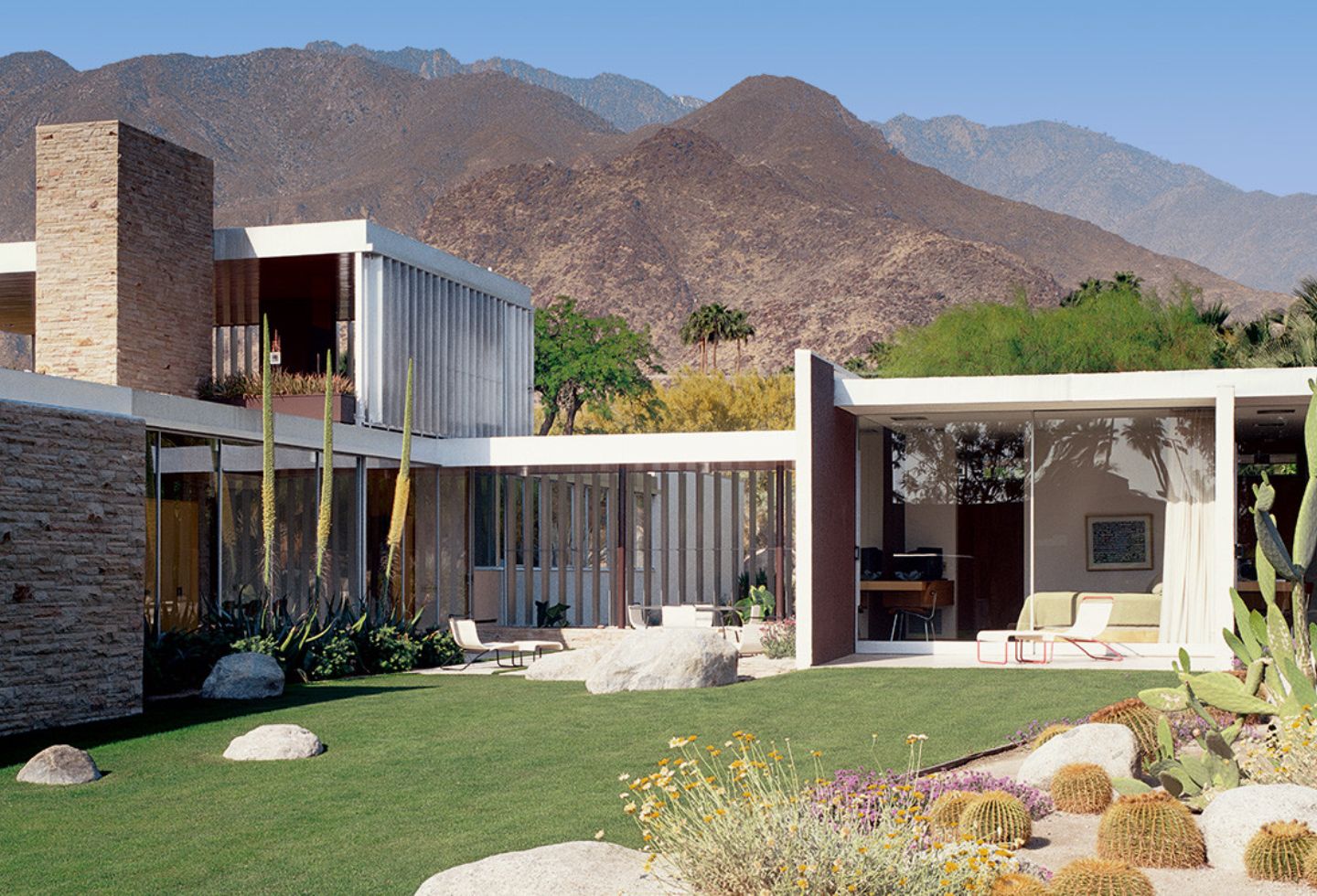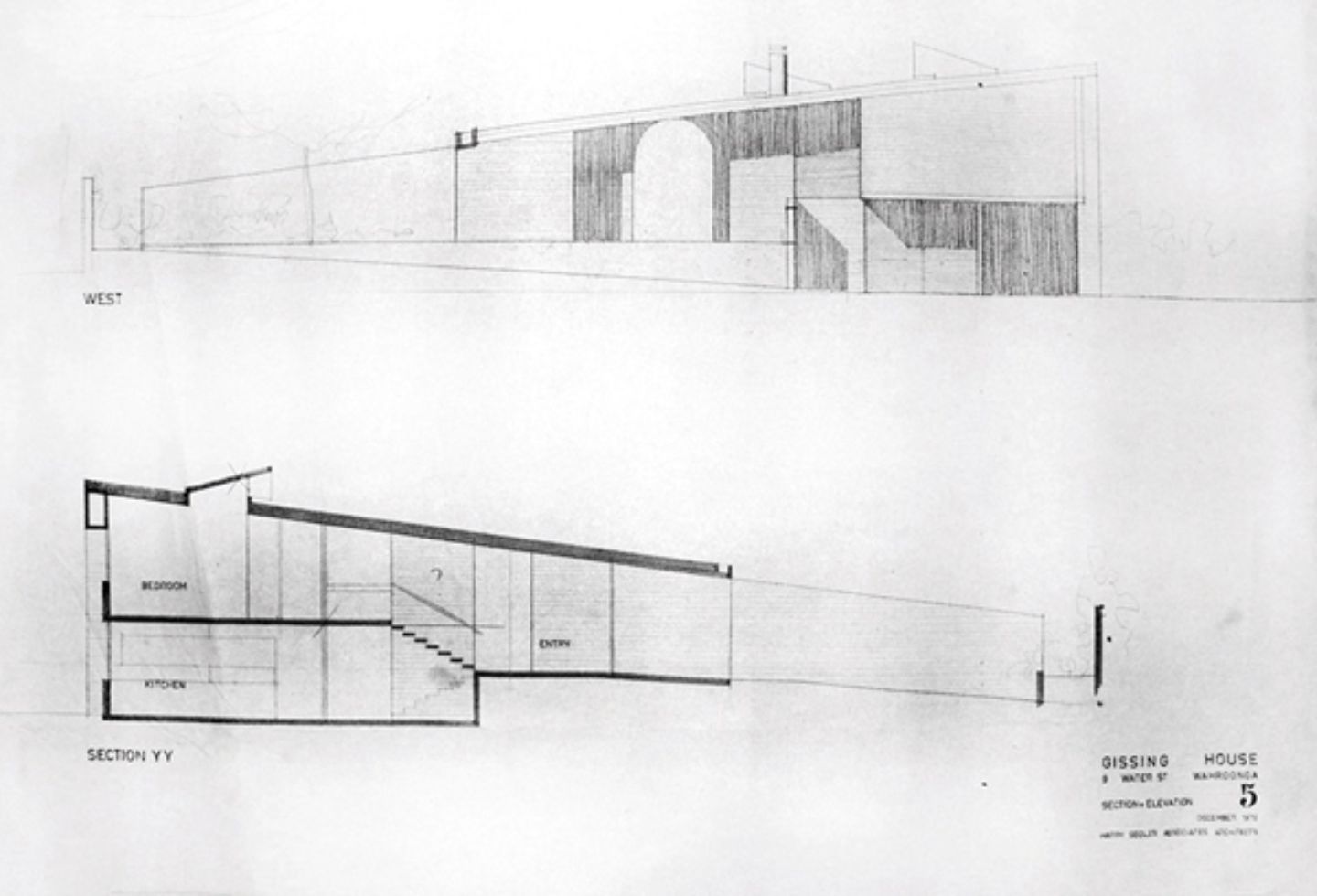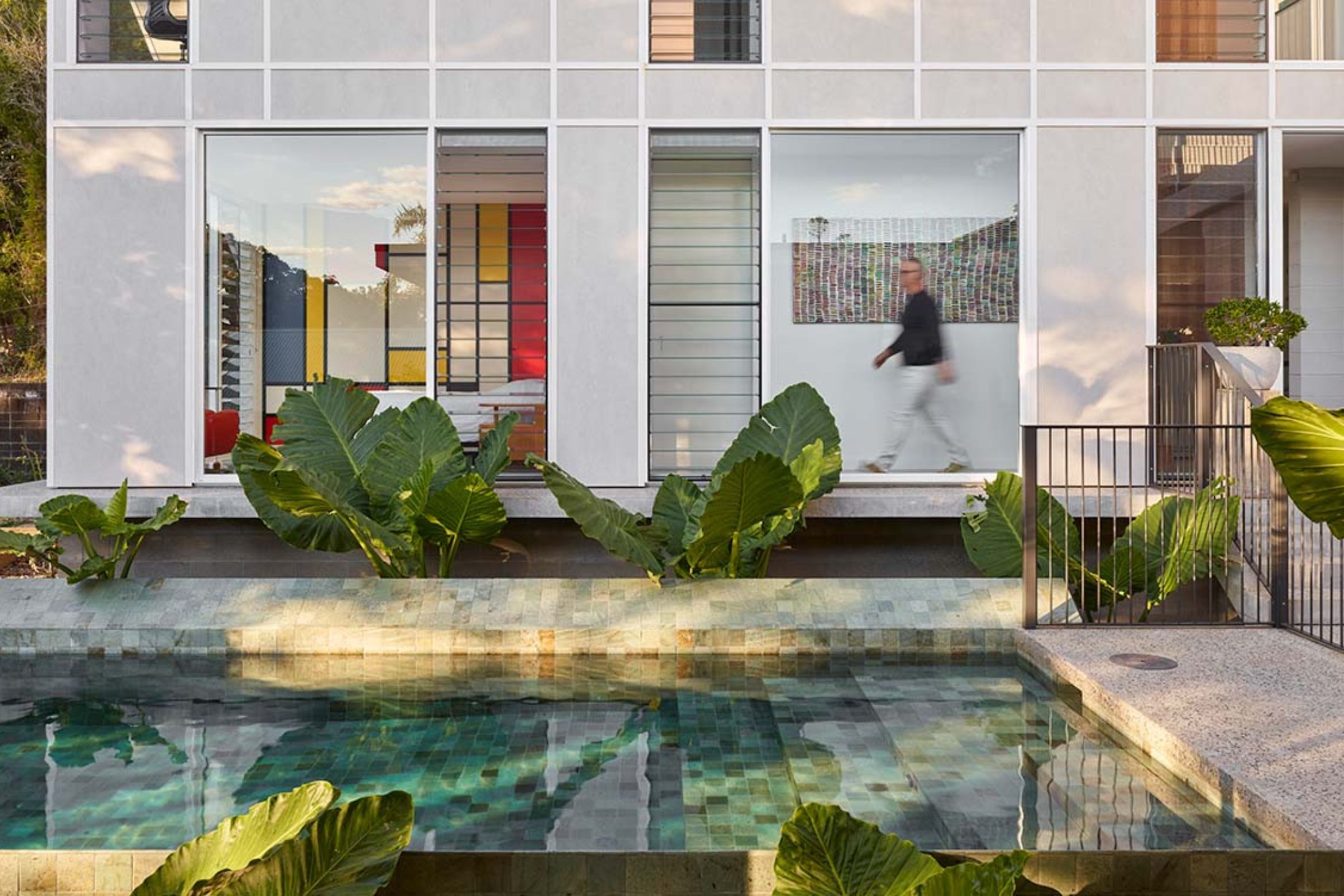Mid-century buildings represent more than simply being a time capsule of a bygone era. As living prototypes of innovation, they embody principles that are worth holding on to. As James Howe puts it: “When there’s evidence of another human being putting themselves into an object, we feel it.” These works are a vestige of a time when architecture embraced material innovation, where the testing of ideas created new forms and inspired new ways of living. While some of these structures have weathered better than others, there is a sense of authenticity that endures.
James Howe is an Adelaide-based furniture designer known for his thought-provoking views on design, sharing viral videos on Instagram and TikTok that incite conversations on what makes ‘good design,’ well, good.
Howe offers a refreshing perspective on mid-century architecture to look beyond aesthetics alone – suggesting that perhaps the true value of these buildings lies not in perfection, but in the imperfect beauty and human spirit they continue to communicate.

Mid-century architecture, with its experimental use of lightweight materials, innovative designs and occasionally rough finishes, isn’t always conventionally beautiful. But these buildings often possess qualities that newer constructions fail to replicate – a thoughtful design ethos and a sense of human engagement.
Many mid-century houses were designed with a degree of skill and detail that is often missing today – characteristics such as pleasing proportions, tight but functional spatial planning, natural elements such as timber-framed windows, and solid timber doors and floorboards. While there are undoubtedly many contemporary homes that deliver this, the vast majority of Australians don’t live in architecturally designed homes, nor have the means to do so. And yes, while of course the cost of materials is different today, let’s not forget that mid-century homes, like the Case Study Houses, were designed to be built as cost-effectively and efficiently as possible.

The philosophical approach was one of playfulness, how to do more with less, and to test new materials while exploring fresh ideas. It’s these underlying principles that have been eroded away, whether by planning controls and building codes, or otherwise. How do we not lose that sense of experimentation?
There’s also an intangible quality that mid-century homes offer – something that goes beyond architecture and touches on human psychology. Buildings, like people, develop character with age; their materials weather to create a patina that feels timeless. There is value in this aged beauty, particularly when compared to modern constructions that, Howe is quick to add, often “look worse with age.”
For Howe, the notion of preserving mid-century buildings isn’t rooted in a strict desire to cling to history. Rather, he believes that beauty – regardless of era – is worth protecting. “I don’t have as much of a problem with destroying heritage as some people do,” he admits, “but I think the bigger challenge is destroying beauty and what that does to our cities and suburbs.”

Peeling back yet another layer is to see the hand, the mark of the maker, where design carries evidence of human thought and creativity. Mid-century buildings, with their quirks and imperfections, are testaments to a time when architecture was as much about artistic expression as it was about practicality. It’s a reminder that our built environments don’t just shape our physical spaces – they shape our emotions, our memories and our identities.
What are the lessons that can be gleaned from mid-century architecture? Beyond form or detail, at their crux, they are archives of ingenuity.







Tomich House by Iwan Iwanoff resurfaced as part of Winnings x Habitus House of the Year 2024

